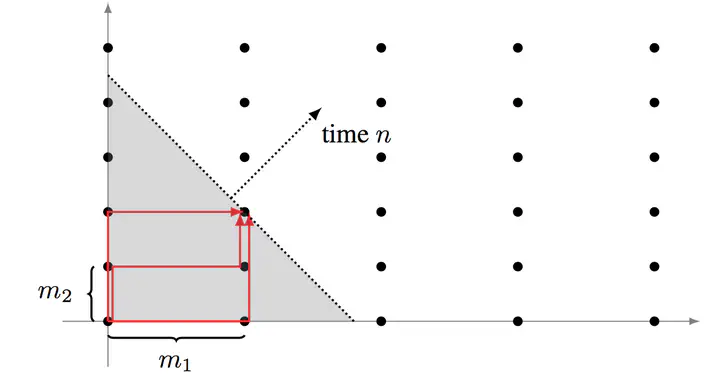
Abstract
Feedback delay networks (FDNs) are frequently used to generate artificial reverberation. This paper discusses the temporal features of impulse responses produced by FDNs, i.e., the number of echoes per time unit and its evolution over time. This so-called echo density is related to known measures of mixing time and their psychoacoustic correlates such as auditive perception of the room size. It is shown that the echo density of FDNs follows a polynomial function, whereby the polynomial coefficients can be derived from the lengths of the delays for which an explicit method is given. The mixing time of impulse responses can be predicted from the echo density, and conversely, a desired mixing time can be achieved by a derived mean delay length. A Monte Carlo simulation confirms the accuracy of the derived relation of mixing time and delay lengths.